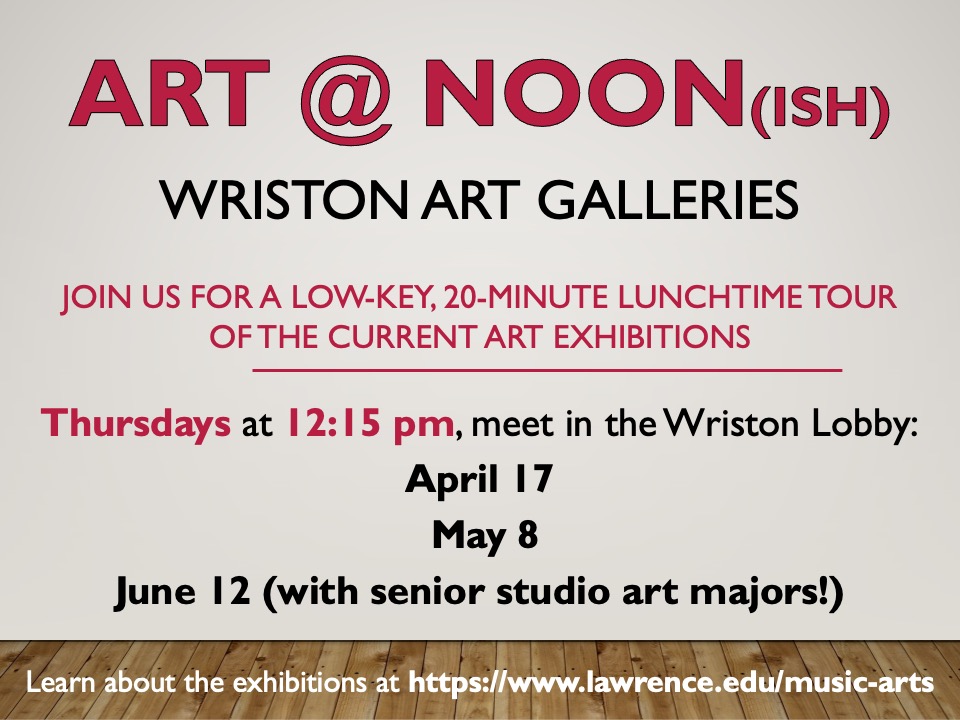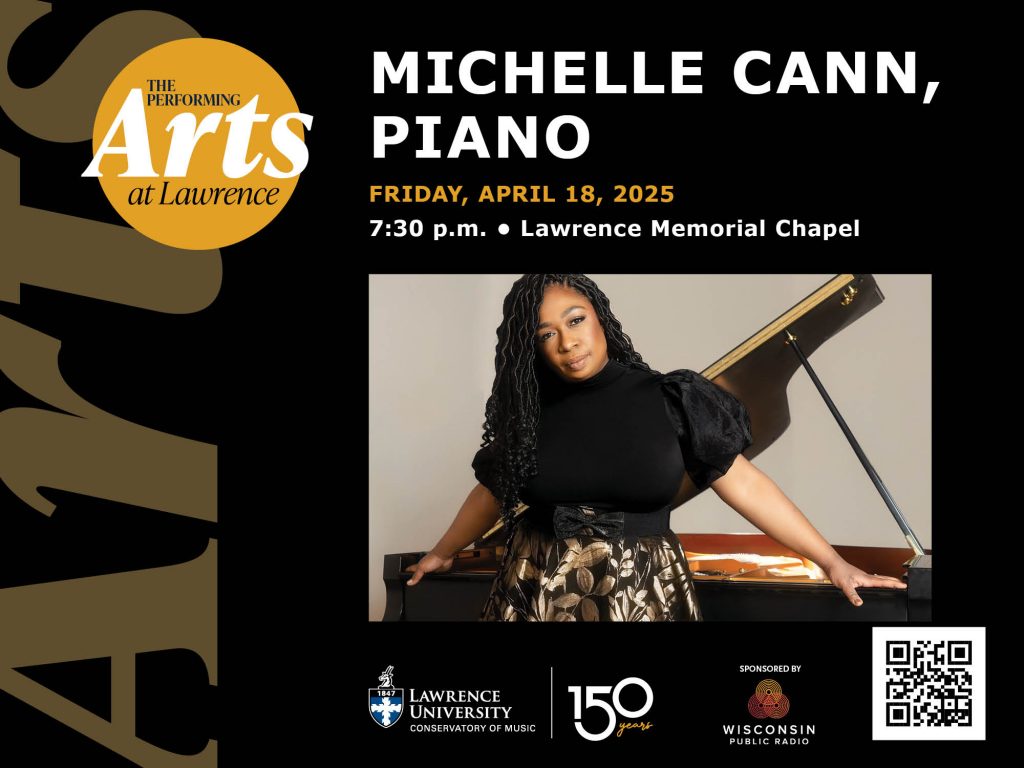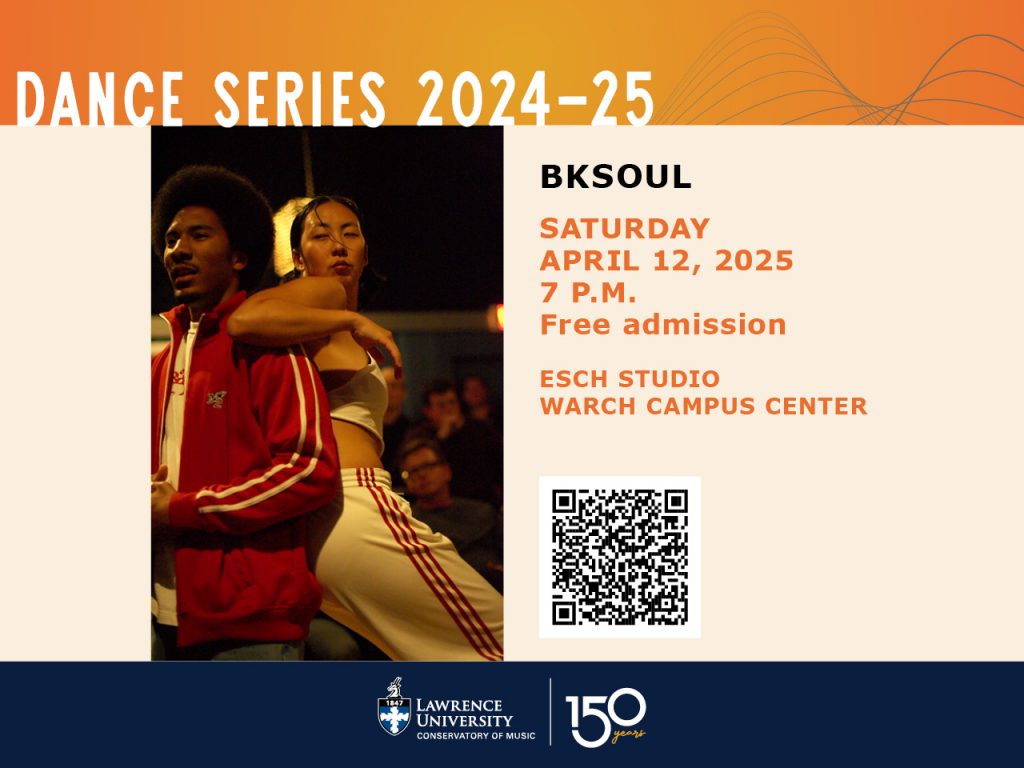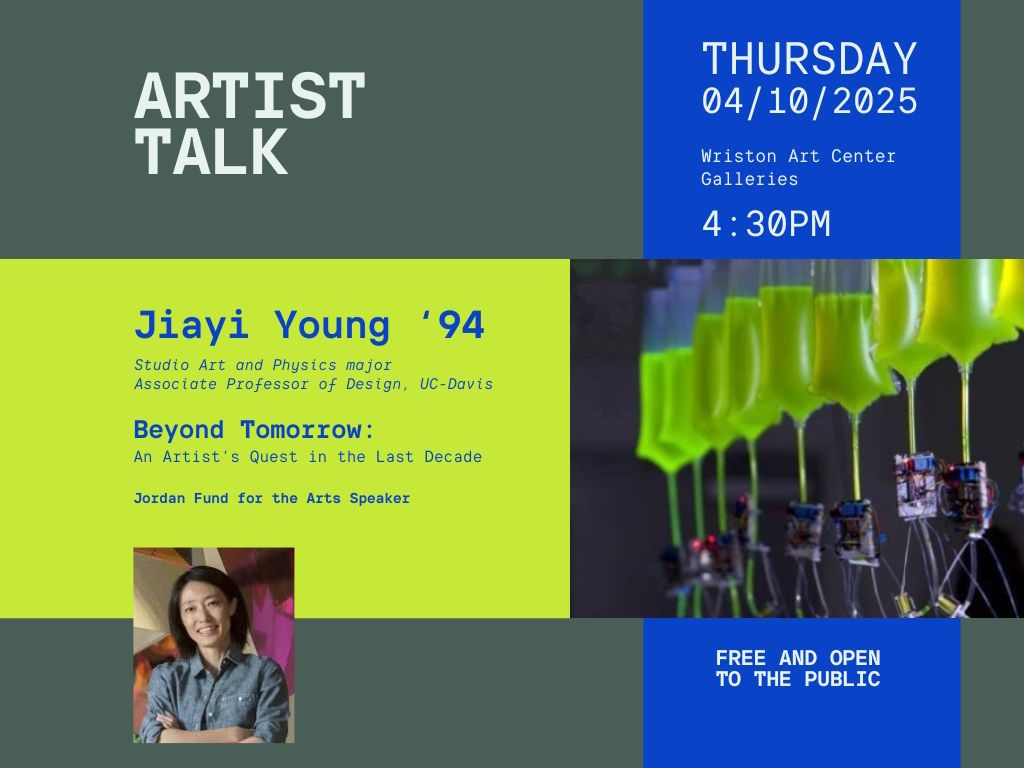Mark your calendars and join us for low-key, 20-minute lunchtime tours of the current art exhibitions in the galleries. Relax and learn something new. Each tour is unique!
- April 17 – Student co-curator on A Traveler’s Guide to Early Modern Japan
- May 8 – Gallery intern and Bio-Chem major Cammy Bui ’25
- June 12 – Senior Studio Art Majors

The Galleries are open during academic year exhibitions:
- Monday – Friday, 10 a.m.-4 p.m.
- Saturday, 12-4 p.m.
- Sunday, closed
Galleries are free and open to the public and located in the Wriston Art Center.



